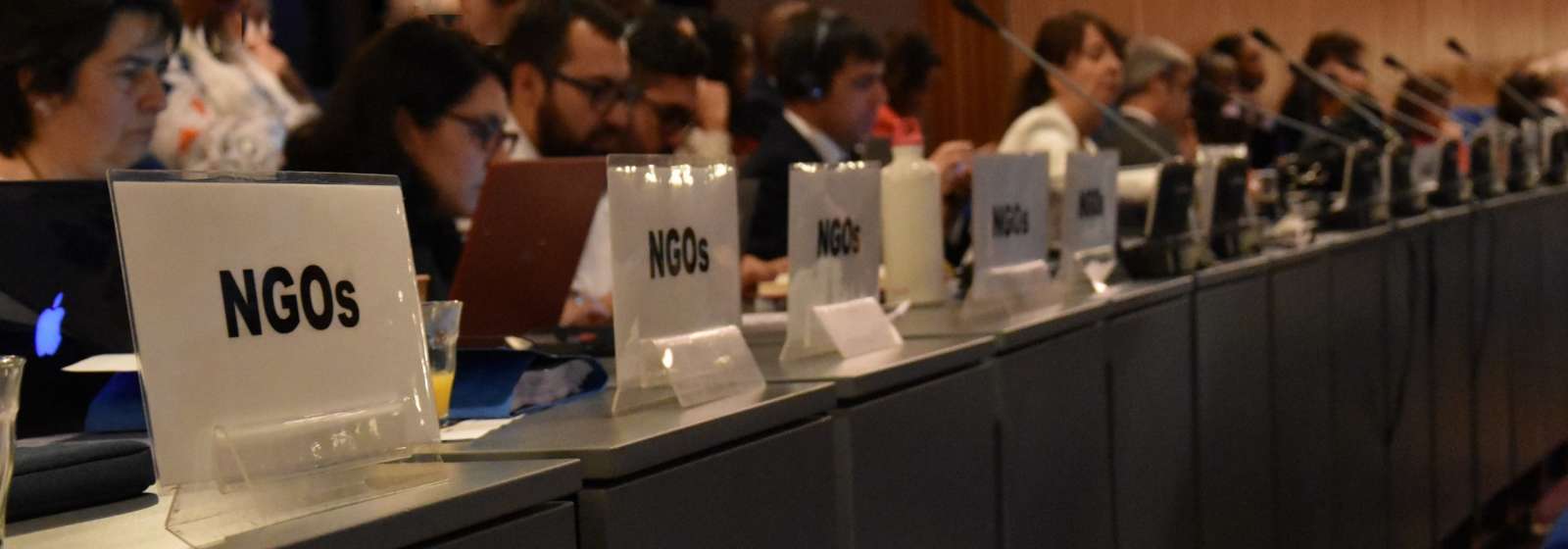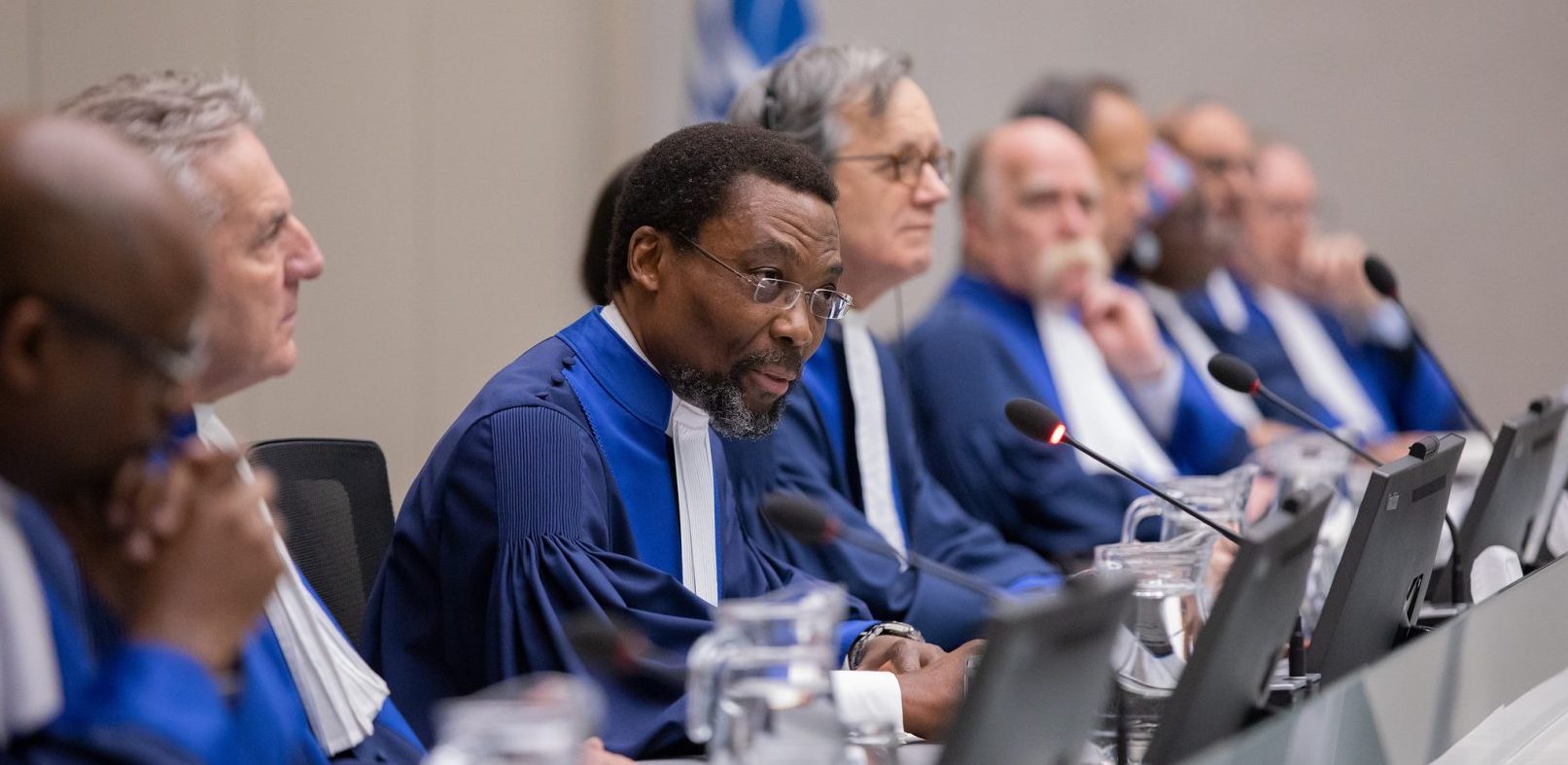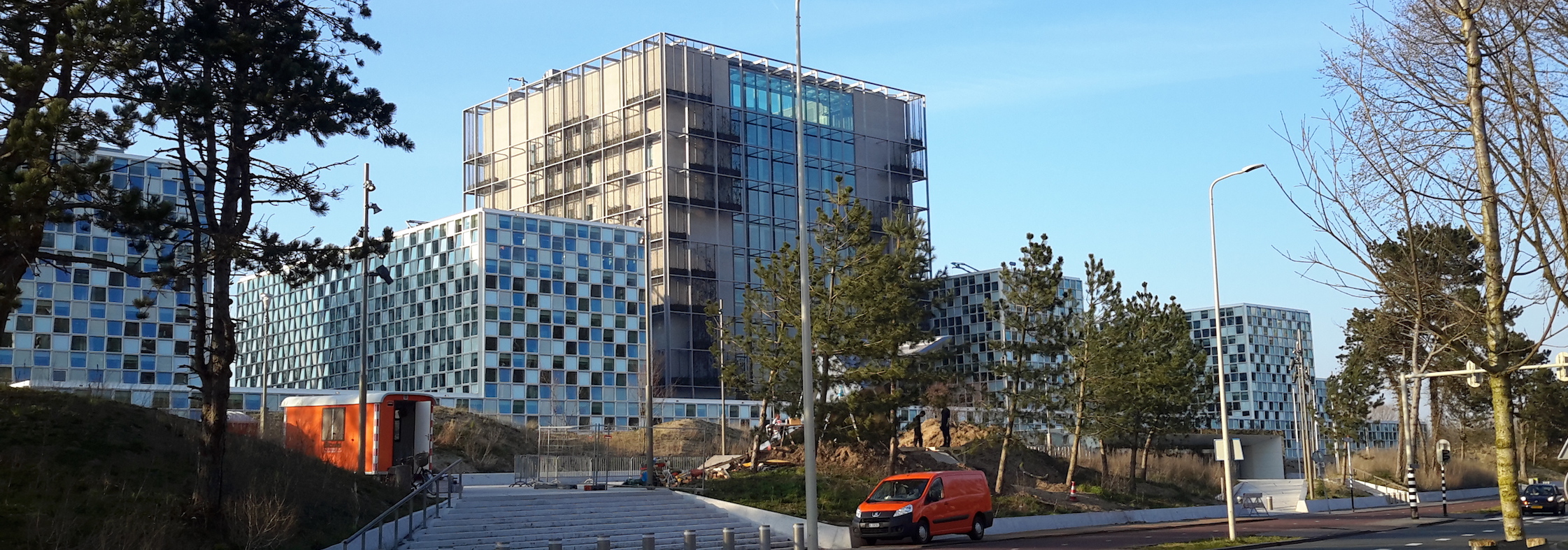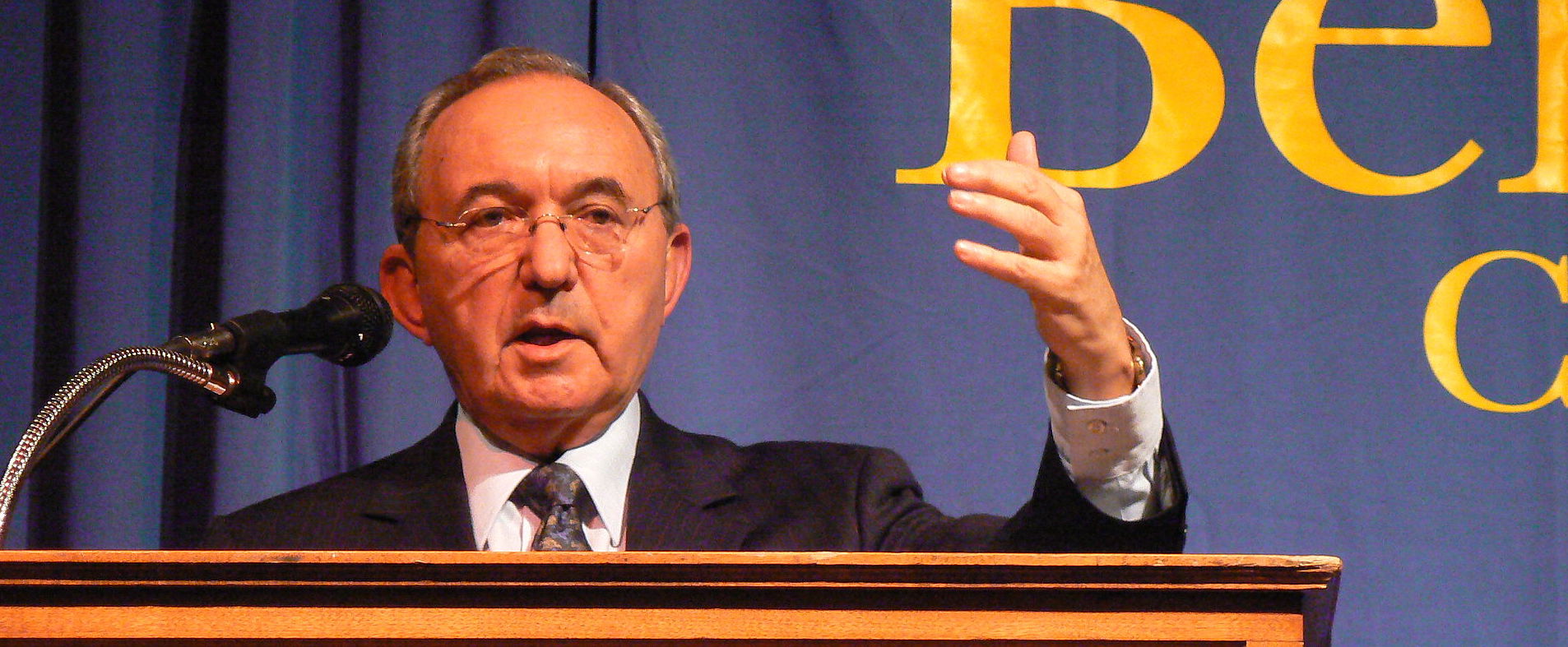Refugees breathe a sigh of relief
Last week the Constitutional and Human Rights Division of the High Court in Nairobi Kenya, ruled that the government ordered closure of the world’s biggest refugee camp, Dadaab, was unconstitutional. In turbulent times when it comes to the global refugee crisis the affirmation of the rule of law and the promotion and protection of refugee rights is a welcome, yet rare occurrence.
Dadaab is a semi-arid town in the Kenyan county of Garissa, it is also home to roughly 329 811 refugees housed in 5 camps organized by the United Nations High Commissioner for Refugees (UNHCR). The vast majority of its inhabitants are Somalis fleeing persecution and strife in Somalia. Three of first of the five camps, Dagahaley, Hagadera and Ifo I were constructed in 1992, the last two Ifo II and Kambioos camps were opened in 2011 after 130,000 new refugees from Somalia arrived.
Somalia has been ravaged by civil war, drought and famine leaving its inhabitants with no choice but to flee. Life in the Dadaab is not easy with challenges related to over crowding, and poor security yet, despite the hardships it remains home to thousands of refugees as it caters for basic needs.
The Kenyan government, citing the blossoming of terrorism as a primary reason, sought the closure of Dadaab, and the repatriation of Somalis by way of government order in May 2016. The government believes that the extremist Islamic terrorist group Al Shabaab is using Dadaab to recruit members and as a base to coordinate attacks. The attacks on Westgate Mall and Garissa, were, according to the government prime examples of this.
The Westgate Mall attack in September 2013 left 67 people dead. The April 2015 Garissa University College attack claimed the lives of 148 students. Al Shabaab claimed responsibility for both attacks.
Other reasons for closure included the immense environmental and economic burden placed on Kenya due to the presence of vast numbers of refugees. The existence of human trafficking and the proliferation of arms were also raised as justifications for the closure of the camp.
Human rights groups-Kenya National Commission on Human Rights and Kituo Cha Sheria challenged the closure order in court. The judge found that the closure plans were illegal and discriminatory. The judge also found that the closure and return of refugees to Somalia would violate the long standing principle of non-refoulement, which prohibits the forced return of refugees to a place where they will continue to face grave danger.
The UNHCR 2015 statistics paint a very grim picture with the global number of refugees and internally displaced persons at a staggering 65.3 million. This is the largest figure ever reported. 53 percent of the world’s refugees come from Syria, Afghanistan and Somalia and half of all the recorded refugees in 2015 were under the age of 18.
Other source countries include South Sudan, Sudan, Central African Republic, Democratic Republic of Congo, Eritrea, Columbia, and Myanmar. UN Statistics also indicate that 29% of the world’s displaced persons are being hosted in Africa whilst only 6% are hosted in Europe. The Middle East and North Africa host the largest number with 39% and the America’s host 12%, whilst 14 % are hosted in Asia and the Pacific.
Whilst the issues raised by the Kenyan government and other governments faced with ever growing numbers of refugees warrant concern and should be addressed, it should be done with due regard to human rights and with the protection of the vulnerable in mind.
Refugees are fleeing the worst possible atrocities and require support and assistance.
Denying the existence of opportunistic terrorists seeking to abuse the refugee crisis would be naïve but painting all refugees as terrorist is unconstructive and misguided. It also constitutes a form of collective punishment and seriously jeopardizes the lives of innocent refugees. The assumption that the closure of refugee camps and refusing to accept refugees will stop terrorist attacks is also of little constructive value in the fight against terrorism.
The Special Rapporteur on Counter-terrorism and Human Rights, Ben Emmerson found that the perception that refugee status is used to provide some sort of safe haven for terrorists to be “analytically and statistically unfounded.”
In 2016, in the European Union Terrorism Situation and Trend Report, Europol also noted that there was “no evidence that terrorist were systematically using refugee flows to enter Europe”. There is also little evidence to suggest that refugees are somehow “more prone to radicalization than others.”
Indeed nations hosting refugees face great burdens, but constructive solutions that promote and respect human rights should be engaged. Measures to stop the conflicts that cause people to flee also require dedicated action. Until then, it falls to the human rights defenders and courts to promote the rule of law and protect the rights of refugees.
**This article originally appeared in the Star Newspaper on 16 February 2017.



